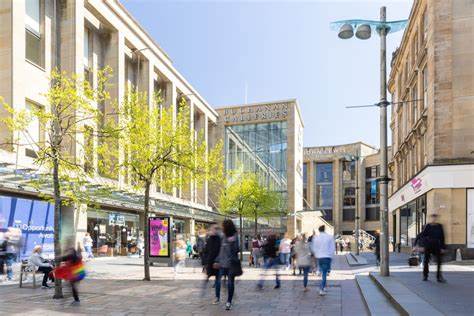🎧 Listen to This Article
In a rare show of political unity, Glasgow’s city administration committee unanimously approved a 5% visitor levy on all commercial accommodations, effective January 2027. The levy is projected to generate approximately £16 million annually, earmarked exclusively for civic improvements and tourism promotion.
A Unified Scottish Approach
Following Edinburgh’s lead—where a similar 5% overnight stay tax takes effect in July 2026—Glasgow joins Scotland’s capital in implementing visitor levies. This alignment signals a strategic shift in funding city development through targeted tourism charges.
Economic Opportunity with Caveats
SNP’s Ricky Bell underscores the levy’s potential as “free money” for Glasgow, citing a lack of evidence suggesting it will deter visitors. Major European cities like Paris and Rome have successfully imposed higher tourist taxes without harming their thriving visitor economies.
However, the levy’s introduction invites scrutiny. Glasgow lacks Edinburgh’s status as a political and business hub, making its tourism demand potentially more price-sensitive. Critics warn that increased accommodation costs might divert tourists to day trips or lodgings outside city boundaries, reducing local economic benefits.
Moreover, the uniform 5% rate year-round misses an opportunity to encourage off-peak tourism, which could be better addressed by variable rates aligned with seasonal demand.
The Wider Context: A Growing Tax Burden on Visitors
The levy adds to an increasing array of visitor charges across the UK, including the £16 Electronic Travel Authorisation fee and the exclusion of EU identity cards for travel—measures perceived as barriers by millions of European tourists.
Such cumulative costs raise important questions about the elasticity of tourism demand and the risk of diminishing the UK’s competitive edge as a welcoming destination.
Lessons from Europe: Targeted Taxes for Sustainable Tourism
A notable example is the newly introduced €20 cruise passenger tax on Mykonos and Santorini, applied from July to September. Designed to curb the influx of low-spending day visitors and generate substantial revenue from cruise operators, this tax illustrates the benefits of well-calibrated visitor charges that balance economic gain with sustainable tourism.
Looking Ahead: Balancing Revenue and Visitor Experience
Glasgow’s visitor levy offers promising new resources to enhance urban infrastructure and promote cultural assets. Success, however, depends on ongoing assessment of its impact on tourist behavior and willingness to adapt tax structures to market realities.
For international business travelers and tourists alike, understanding these emerging fiscal landscapes will be key to navigating future travel decisions.
For further details, clarification, contributions, or any concerns regarding this article, please get in touch with us at editorial@tax.news. We value your feedback and are committed to providing accurate and timely information. Please note that our privacy policy will handle all inquiries.



